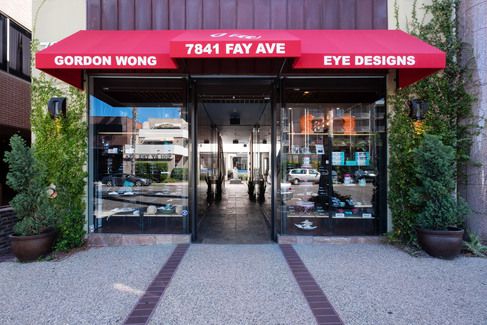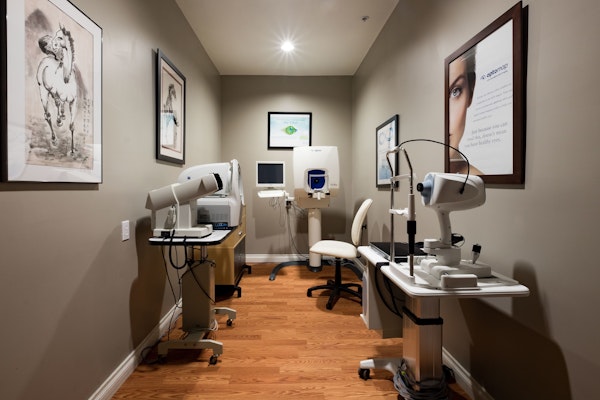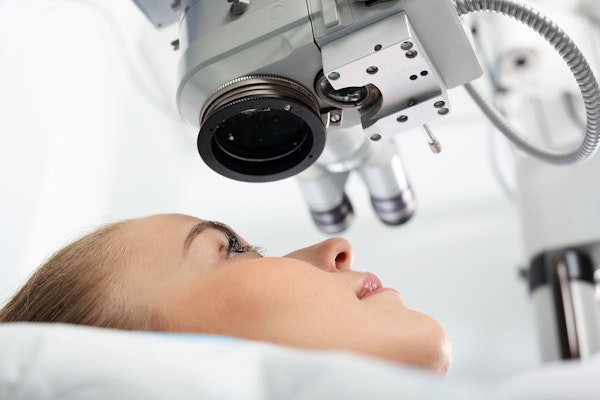Refraction Eye Exam: The Basics of Vision Tests
 You may have heard the phrase “refraction eye exam" before and never known what it means. The phrase sounds more complicated than the actual vision exam itself. You’ve likely undergone a refraction eye exam already and just not realized it. Dr. Gordon G. Wong and Dr. Wildon C. Wong perform countless refraction tests at their eye centers in Del Mar and La Jolla, CA.
You may have heard the phrase “refraction eye exam" before and never known what it means. The phrase sounds more complicated than the actual vision exam itself. You’ve likely undergone a refraction eye exam already and just not realized it. Dr. Gordon G. Wong and Dr. Wildon C. Wong perform countless refraction tests at their eye centers in Del Mar and La Jolla, CA.
Our opticians and vision care team would like to go over the basics of refraction tests and why they are so crucial for good eyesight and healthy eyes. If you haven’t undergone a refraction test in a while, we’d be happy to see you in person to examine your vision.
What Is a Refraction Test?
A refraction test is another word for a routine vision exam. This is conducted at most eye examinations as a way of assessing overall vision quality and if you require prescription lenses and more advanced care.
What Can a Refraction Test Diagnose?
A refraction test is typically used to diagnose the following:
- Myopia (Nearsightedness) - This refers to difficulty seeing objects that are far away, such as signs on the highway.
- Hyperopia (Farsightedness) - This refers to difficulty seeing objects that are up close, such as reading materials.
- Astigmatism - This is the result of corneal or lens imperfections that result in blurry vision. This often accompanies myopia and hyperopia.
- Presbyopia - This age-related vision problem happens when the lens of the eye has problems focusing. It typically starts to happen around middle age.
In addition to the above refractive errors and age-related vision problems, a refraction test is also helpful in diagnosing more serious problems that could result in total vision loss. That include conditions such as:
- Age-related macular degeneration (AMD)
- Retinal vein occlusion
- Retinitis pigmentosa
- Retinal tears
- Retinal detachment
What to Expect During a Refraction Test
A typical refraction test will involve a few different checks of your eyes.
The eye doctor will usually shine a light into an eye to assess how the light passes through your cornea and the lens. This can be done with or without the aid of a computer.
You’ll next be asked to look at an eye chart with letters of varying sizes in different rows. The Snellen chart is the most common of these eye charts, though others are available. You’ll be asked to read the smallest row of letters you can see.
A phoroptor will then be placed in front of your eyes. (Sometimes the phoropter is in place already while you’re reading the chart.) This mask contains numerous lenses that the eye doctor can adjust to improve the vision in each eye. By changing the lenses of the phoroptor and making fine adjustments, an eye doctor can determine your current vision prescription.
How Often Should I Undergo a Refraction Test?
Starting as a child, a refraction test should be performed every year or every two years. This will ensure a child’s vision is optimal as soon as possible. During adulthood, refraction test is typically recommended every two years.
Keep in mind that people with medical conditions such as diabetes may need to undergo refraction tests more often. This is to monitor possible degradation in vision quality over time and to help implement treatments to prevent further vision loss.
Learn More About Vision Care
For more information about getting corrective lenses and seeing clearly, be sure to contact our team of opticians and vision experts. You can reach our office in Del Mar by calling (858) 755-9465 and our office in La Jolla by calling (858) 454-4699. We look forward to helping you see clearly.







